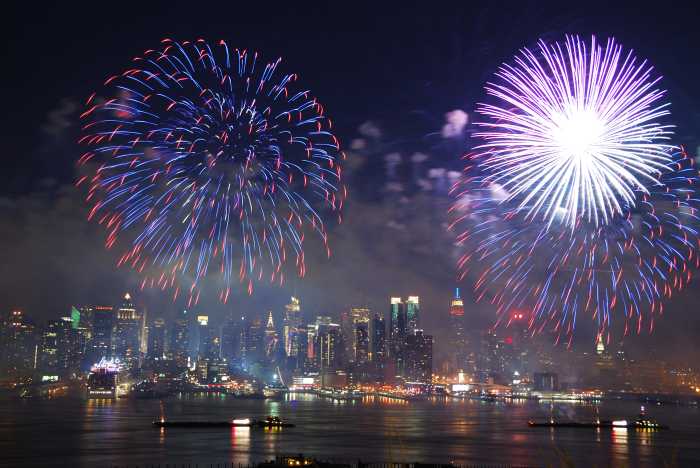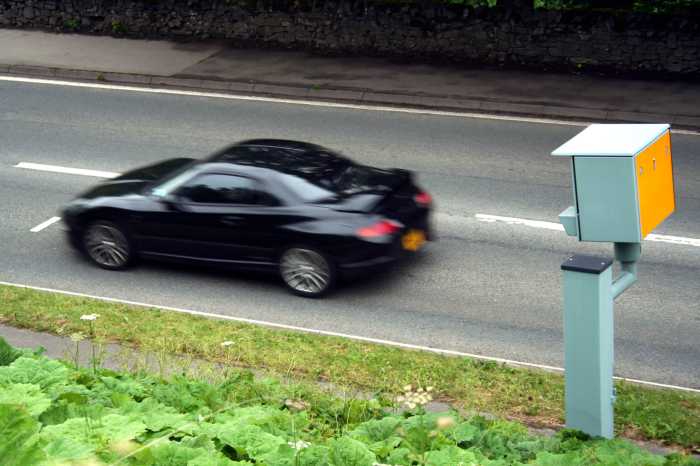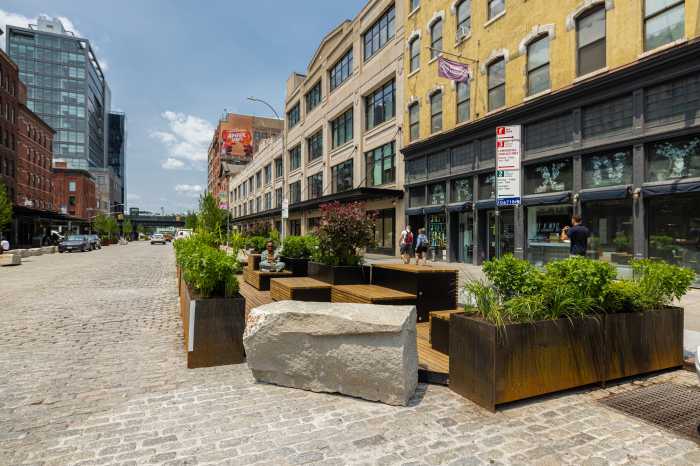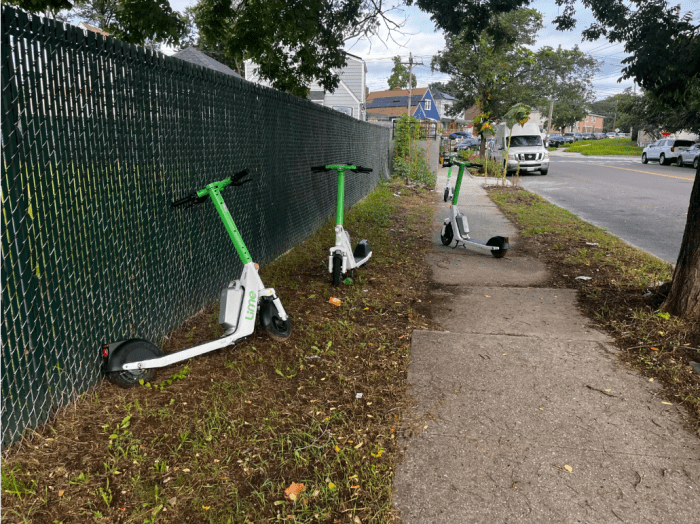Among the speculation on the Second Avenue subway opening, there’s one barometer hinting that the line will actually open on time this December: rising rents.
Apartment rents along Second Avenue have gone up 27 percent over the past five years as the Dec. 31 launch of the line’s first phase approaches, according to a new data report from Streeteasy looking at the cost of increased accessibility.
After the new subway segment opens, bringing new stations at 72nd, 86th and 96th streets, the real estate firm estimates that area’s median rent of $2,520 could increase by as much at $462 per month, or about 18 percent. Those numbers are based on Streeteasy’s own calculations that attempt to determine how commute times impact rental prices.
“Rising rents along Second Avenue could indicate that New Yorkers and landlords are finally anticipating the opening of the subway line after decades of delay,” says Krishna Rao, StreetEasy data scientist in the report. “Public transportation can be transformative for a neighborhood, increasing value through convenience and opening up the area to people who wouldn’t otherwise be able to access it easily.”
Private developments are popping up right alongside the construction of MTA contractors. Councilman Ben Kallos (D-Manhattan), whose district encompasses the new Upper East Side subway line, has watched two new developments rise from across the street of his district office.
Kallos said the line brings concerns, like the scale of new buildings, pricing out of residents and potential overcrowding at schools if the greater accessibility attracts more residents—“Not only are our trains crowded, but so are our schools,” he said.
“A concern is protecting my residents and making sure that those residing in rent-regulated housing are protected,” Kallos said, noting that his office will be open to all constituents with lease questions.
“For the businesses that survive the construction, they’ll have the benefit of increased foot traffic,” he added. “Sadly, for those who didn’t, we hope to see many of the empty storefronts revitalized.”
Commute times of Second Avenue residents could decrease between 10 and 15 minutes, Streeteasy estimates show. Transit experts fear that villainizing mass transit as a driver of rent hikes or gentrification is counterproductive to building a more equitable city.
“While we should always be attentive to the impacts new public transit projects have on communities, the bottom line is that public transit is an equalizer,” said Nick Sifuentes, Deputy Director of the advocacy group Riders Alliance, in an email. “It gives people access to better jobs, education, healthcare, and other opportunities, and in that way builds a more just New York City. It’s important for us to think through all the effects transit has and make sure we address them, but that’s not a reason to stop building the mass transit that makes our city better for everyone.”






























